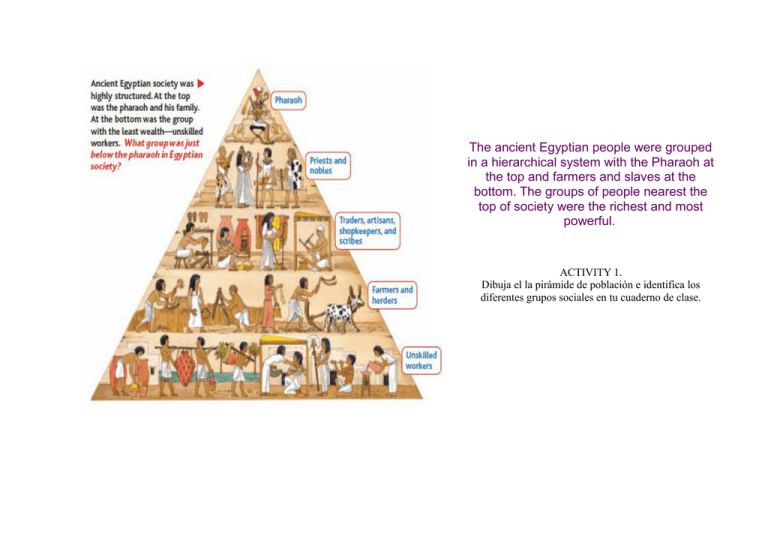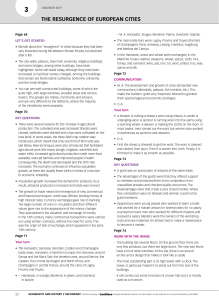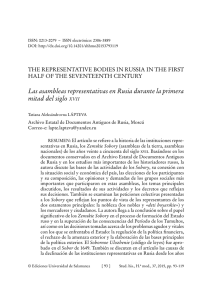The ancient Egyptian people were grouped in a hierarchical system
Anuncio

The ancient Egyptian people were grouped in a hierarchical system with the Pharaoh at the top and farmers and slaves at the bottom. The groups of people nearest the top of society were the richest and most powerful. ACTIVITY 1. Dibuja el la pirámide de población e identifica los diferentes grupos sociales en tu cuaderno de clase. The Pharaoh was believed to be a God on earth and had the most power. He was responsible for making laws and keeping order, ensuring that Egypt was not attacked or invaded by enemies and for keeping the Gods happy so that the Nile flooded and there was a good harvest. ACTIVITY 2. ¿Cuáles eran los poderes del faraón?. Nobles ruled the regions of Egypt (Nomes). They were responsible for making local laws and keeping order in their region. ACTIVITY 3. ¿Cómo se llaman las provincias en Egipto? ¿Cuáles eran las funciones de los nobles?. Priests were responsible for keeping the Gods happy. They did not preach to people but spent their time performing rituals and ceremonies to the God of their temple. ACTIVITY 4. Describe la imagen. Scribes were the only people who could read and write and were responsible for keeping records. The ancient Egyptians recorded things such as how much food was produced at harvest time, how many soldiers were in the army, numbers of workers and the number of gifts given to the Gods. ACTIVITY 5. ¿Quiénes eran los escribas?. ¿Qué cosas ponían por escrito los egipcios?. Craftsmen/Artisans were skilled workers such as - pottery makers, leather workers, sculptors, painters, weavers, jewellery makers, shoe makers, tailors. Groups of craftsmen often worked together in workshops. ACTIVITY 6. Translate into Spanish: POTTERY MAKER LEATHER WORKERS SCULPTORS PAINTERS JEWELLERY MAKERS SHOE MAKERS TAILORS WORKSHOPS Farmers worked the land of the Pharaoh and nobles and were given housing, food and clothes in return. Some farmers rented land from nobles and had to pay a percentage of their crop as their rent. ACTIVITY 7. Describe que están haciendo en ambas imágenes. There were no slave markets or auctions in Ancient Egypt. Slaves were usually prisoners captured in war. Slaves could be found in the households of the Pharaoh and nobles, working in mines and quarries and also in temples. ACTIVITY 8. Completa la siguiente frase: Los esclavos en Egipto procedían normalmente de prisioneros de __________________. ¿En qué oficios trabajaban los esclavos? Los esclavos podían trabajar en talleres artesanos, en la agricultura pero también trabajar en casas de los n__________ y en el palacio del F_______________. También podemos encontrar esclavos trabajando en las m________ y las c___________ .


